Non-Toxic Reusable DIY Cleaning Wipes, Made From Old Tees & Towels

Ever thought about how “clean” disinfectant wipes really are? Some—if not most—have harmful ingredients, a few even toxic (like bleach) or irritant, especially for those with allergies or asthma. (FIY: That's me!) And to make things worse, they’re not reusable. Talk about trying to be “green”! Don’t you think it’s time to make your own? So today I want to share with you those easy cleaning DIY recipes that turn your ole tees or towels into reusable disinfectant wipes, all without the harmful ingredients of commercial ones.
I know you have a bundle of shirts and towels hiding in the closet. Now it’s time to pull them up, and get ready to use ‘em once and for all with this DIY cleaning solution. Let’s get rolling!
STEP 1: GATHER YOUR INGREDIENTS
Though both are somehow similar, there are a couple of recipes you can use to make the cleaning solution. I’m going to give you two. Let’s get started! DISINFECTANT WIPES > RECIPE #1 • 1 cup distilled or purified water • 1/2 cup – 1cup white vinegar • 8-10 drops lemon essential oil • 8-10 drops eucalyptus, pine essential oil or lavender (preferred) • 5-7 drops tea tree essential oil or white thyme essential oil You'll also need: • Towels • Glass jar (because you’ll add essential oils glass is preferred to plastic) • Measuring cup
STEP 2: DIRTY SPOT? WATER & VINEGAR TO THE RESCUE
It doesn’t get any easier than this! Grab your jar and start by adding 1 cup of distilled water and 1/2 cup to 1 a cup of white vinegar. TIP: purified water will do if you don’t have distilled handy.
STEP 3: A LITTLE MAGIC TO MAKE IT EXTRA-CLEAN
Add 5-7 drops of tea tree oil to you water & vinegar solution. And voila! That makes your basic cleaning solution. TIP: To dispense the tea tree oil use a glass dropper. CAUTION > TEA TREE OIL is a great disinfectant—long valued for its antifungal, antibacterial, and antiviral properties—but it can be dangerous to pets, even a drop on the skin can cause harm in sensitive animals. So if you have furry friends, don’t use the wipes in areas within their reach or better yet, get WHITE THYME essential oil. White thyme essential oil contains phenols that also have antimicrobial properties which can inhibit growth of bacteria, fungi and viruses – in short, as good of a cleaner -- though tea tree can be applied onto the skin to cuts and to treat acne as well.
STEP 4: A COUPLE OF ESSENTIAL OILS TO ADD A NICE SCENT
Time to add a few essential oils! You can do a few combos here. 1. Lemon and citrus are good disinfectants so I’m going to add 10 drops of lemon essential oil. TIP: You can use 10 drops of grapefruit essential oil instead. 2. 10 drops Lavender oil. It is definitely one of my faves with an impressive list of properties: antifungal, antiseptic, antibacterial and antimicrobial — as well as anti-inflammatory, antidepressant (i.e. mood lifting) and sedative. I know cleaning may make you feel down but you won’t be able complain of feeling depressed! ;) TIP: If lavender oil is not available, you can replace it by eucalyptus or pine or better, a combination of the two, since both have also antiseptic, antifungal and antibacterial properties. CAUTION > Essential oils (even diluted) are better kept in glass. They will react with the plastic—especially full strength—and may break it down, destroying the oil and often causing leakage. I recommend you use a glass jar to make and store these recipes.
STEP 6: SOAK THE CLOTH RAGS TO MAKE THE WIPES
One more step and we’re done! To make the wipes, soak your cloth rags into the solution. Put them in the jar, pressing well down to ensure they soak up the liquid, close tightly, and shake. TIP: make sure rags are completely into the cleaning solution and lid is well closed. You don’t want air coming in. Soak rags for a few hours and turn jar upside down for a few more. FIY: I got these rags from my dollar store, but you can use old kitchen towels, socks, tee shirts, or any other lint free cotton fabric.
STEP 7: LABEL YOUR JAR BEFORE YOU START USING THE DIY WIPES!
Guess what? There’s one more thing to do — that is, labeling your jar (Remember how much I LOVE to label all my concoctions?) Grab a little tape and a pen, and write down ingredients and date. Now we’re ready!
STEP 8: WIPE, WIPE AND THEN, WHIPE SOME MORE!
Now, we’re ready! Use wipes in your countertops, glass, shower, toilet, and any surface that needs cleaning. CAUTION: Since the solution contains vinegar, stone and concrete surfaces not well sealed (or sealed with a food safe sealer) — in bathrooms and countertops — can get damaged. They are often sensitive to acidic solutions. Unsealed wood may also get damaged if used repeatedly. TIP: If unsure, make a test on a small area, or better yet, use RECIPE #2 – coming next!
STEP 9: LET’S TACKLE ANOTHER RECIPE
As you just read on Step 8, vinegar can damage stone, concrete, and wood. Use this recipe for these delicate surfaces, or if you just prefer to skip the vinegar. DISINFECTANT WIPES > RECIPE #2 First, gather your ingredients: • 1 cup distilled or purified water • 2 - 4 tbs of alcohol • 1-2 Tbsp Castile Soap, ideally Bronner's • 8-10 drops tea tree essential oil or white thyme oil. You'll also need: • Tee shirts, towels, socks, or any no lint cotton fabric • Glass jar • Measuring cup • Tablespoon • Scissors
STEP 10: ADD ALCOHOL TO YOUR WATER
Grab your glass container and add 1 cup or distilled water plus 2-4 tablespoons of alcohol. TIP: Again, you can use purified water if you don’t have distilled handy.
STEP 11: NEXT IS CASTILE SOAP!
Add 1-2 tablespoons of castile soap to your water/alcohol mix. TIP: Use a biodegradable organic soap—such as Bronner’s pure castile (my favorite!)—to make this recipe all green. CAUTION > Resist the temptation of adding castile soap to the previous recipe, or vinegar to this one. Vinegar will desaponify castile soap, making it less effective. If you MUST have soap in your DIY cleaning solution, make sure it's the non-castile type (i.e. no olive oil at all!) Pure castile soaps contain only 100% olive oil but in reality, most commercial ones combine olive with coconut, palm, or castor oils among others.
STEP 11: FINALLY, TEA TREE (or THYME) OIL!
Can you believe we’re almost done? But first, let’s add a 8-10 drops of tea tree oil. As I mentioned in STEP 3, Tea Tree oil can be harmful to our furry friends. CAUTION > Again, avoid using the DIY Cleaning Wipes in areas they can lick, or replace the TEA TREE by WHITE THYME oil. TIP: for more on the properties of each oil, go back to STEP 3. Both have antifungal, antibacterial, and antiviral properties. Also remember tea tree oil—as with any other essential oil—is best stored in glass containers, even when diluted. So make sure you use GLASS for this recipe too!
STEP 12: PULL YOUR OLD RAGS & TOWELS OUT OF THE CLOSET!
Remember those shirts and towels rags you’ve been saving? Now it’s time to pull them out of the closet. Thick cotton tee shirts make nice rags as socks, old towels, or other lint-free fabrics you can have around the house. Start by cutting them into small to medium sized pieces and fold — or roll — to fit them in your jar. Again, make sure the rags are well soaked into the solution, press down well, close tightly, and shake. Soak rags for a few hours and turn jar upside down for a few more. TIP: make sure rags are completely into the cleaning solution and lid is well closed. You don’t want air coming in.
STEP 13: FINALLY, LET’S LABEL IT!
As in step, get tape and pen to write down the ingredients and the date. Now we’re ready to rock!
STEP 14: SQUEEZE, WIPE, RINSE, AND SOAK!
Get rags out of your jar as needed. Squeeze and twist wipes to get rid of excess liquid before using and wipe down surfaces with them. Once used, rinse the cloth with clean water and use to wipe surface again if necessary. After several uses wipes can be also machine-washed and returned back to the container. TIP: Keep your wipes handy! Ideally in a dark place (oils may degrade with light, that’s why they come in dark glass bottles) in your cleaning cabinet or under the sink. And pull them out as needed it. Happy cleaning! And if you enjoyed this post, follow me — I have more concoctions coming up! And to get my DIY all purpose cleaner recipe check: http://www.hometalk.com/diy/clean/a-super-easy-non-toxic-spring-cleaner-16447697 — and get my DIY Love fizzy bombs here > http://www.hometalk.com/diy/clean/bathroom/love-fizzy-bombs-to-clean-your-toilet-and-laundry-in-no-time-19208798
Enjoyed the project?
Resources for this project:
See all materialsComments
Join the conversation
-
 Jcr51169998
on Jan 10, 2022
Jcr51169998
on Jan 10, 2022
What type of alcohol is best to use for geese recipes?
-
-












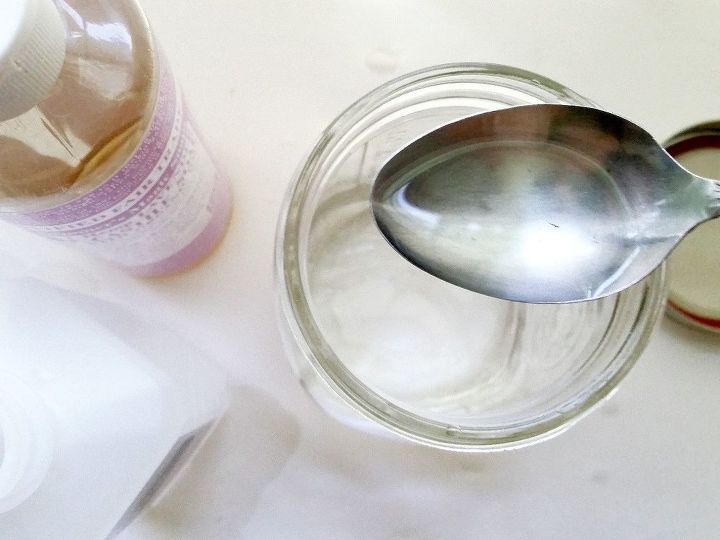




















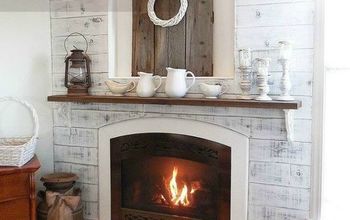



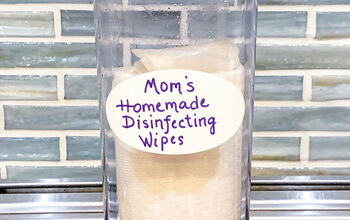









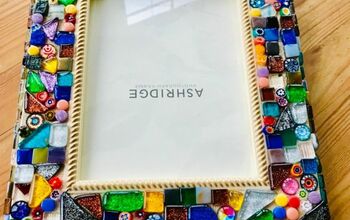

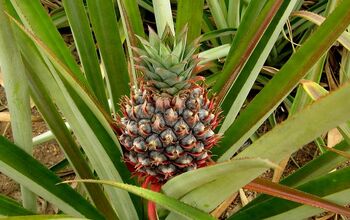





Frequently asked questions
Have a question about this project?
Do you have a recipe for homemade laundry soap that really gets the dirt & germs out ?
Can you wash and reuse the towels, tee shirts etc?
what cleaning solution will work on cement? My shower floor is laid with rocks, with cement used as a grout. Every commercial product I have found - and this DIY one - say it harm cement.